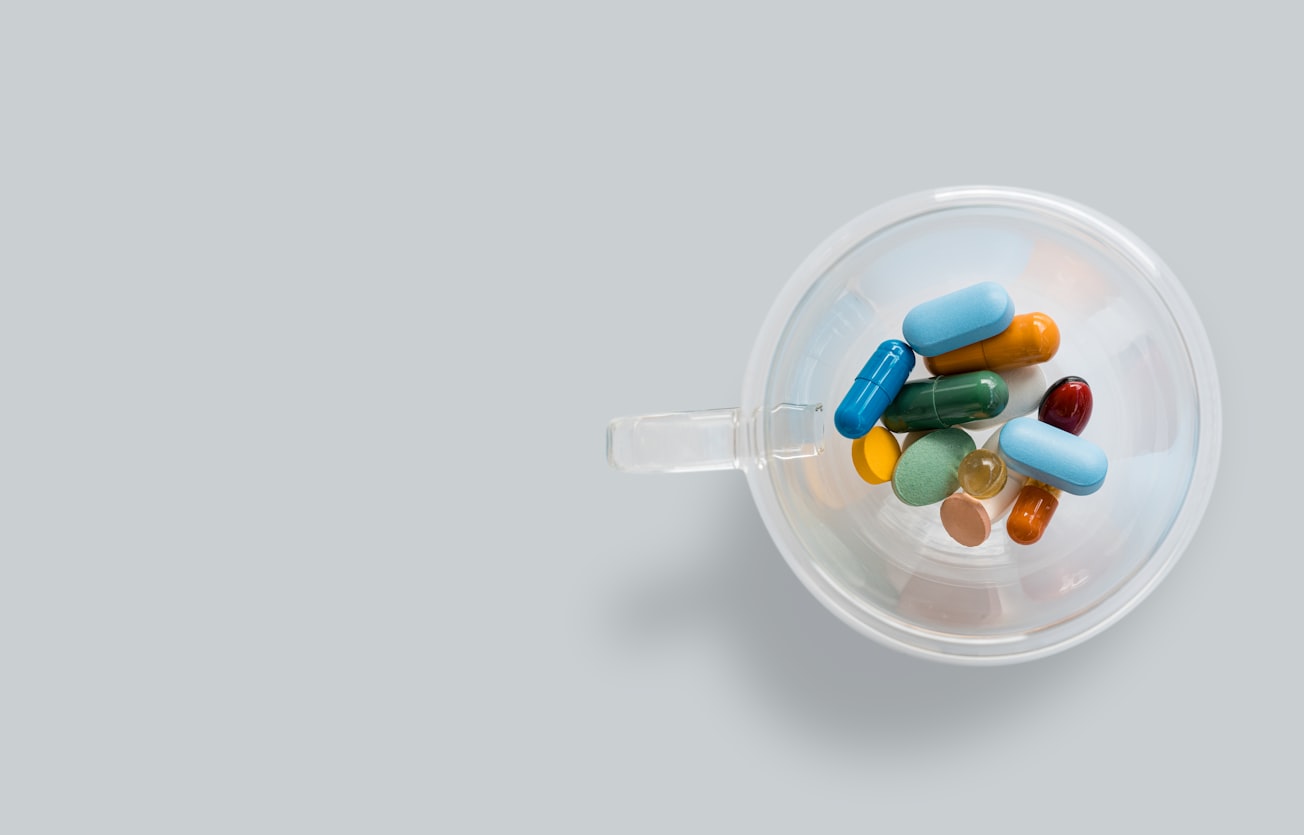What is it about?
Food-drug interactions can be broadly classified as occurring at (i) pharmaceutical (compatibility, solubility, stability), (ii) pharmacokinetic (absorption, distribution, metabolism, excretion), or (iii) pharmacodynamic (clinical effect) level, and are the result of physical or chemical exchanges between a food molecule and a drug. More precisely, another classification defined four types of food-drug interactions according to the distinction between pre-systemic and post-systemic phases: - Type I interactions (pharmaceutical), which refer to ex vivo bio-inactivations that usually occur in the delivery device with reactions of hydrolysis, oxidation, neutralization, precipitation, or complexation. - Type II interactions, which affect the function of an enzyme (subtype A interactions, pharmacokinetic) or a transport mechanism (subtype B interactions, pharmacokinetic) before systemic circulation, in turn altering the absorption and bioavailability of oral or enteral administrations. Complexation, binding, or other deactivations may occur in the gastrointestinal tract (type C interactions, pharmaceutical). - Type III interactions (pharmacokinetic), which occur after entrance into systemic circulation and involve changes in tissues distribution, penetration, or metabolism. - Type IV interactions (pharmacokinetic), which denote affections in drug or food component clearance because of influences upon renal or enterohepatic excretion.
Featured Image

Photo by Adam Nieścioruk on Unsplash
Why is it important?
Preclinical and clinical studies have suggested that many food molecules could interact with drug transporters and metabolizing enzymes through different mechanisms, which are predictive of what would be observed clinically. The lack of information could be the basis of some cases of pharmacological inefficacy. Other effects of these overlooked food-drug interactions could be associated with unstable control of symptoms, or increased rates of side effects or occurrence of unexpected adverse events, specifically for patients suffering from chronic diseases that require the use of multiple drugs. Advertised effects of food supplements can attract misguided individuals who face a needless waste of money or unsafe interactions. CAM approaches are often abused by patients who seek alternative therapies, possibly augmenting the risk of side effects and pharmacological opposition. Given this usage trend and variability in individual pharmacological therapies and dietary habits, an increase in potential food-drug interactions has recently appeared.
Perspectives
Knowledge of any nutraceutical or phytochemical residue, additive, contaminant, adulteration with non-declared ingredient, and dietary neurotransmitter is the condition sine qua non there is no well aware nutrition, and would provide a missing link for obtaining a holistic view in clinical practice. Then, it is important to have good knowledge about the type and number of binding sites that a certain food component will interact with on a given protein because this information would allow health professionals to estimate the degree of interference. Because of the opportunity to positively exploit interferences between foods and drug mechanisms, health professionals should be aware of relevant interactions in order to optimize the therapeutic effects of both prescribed and over-the-counter drugs.
Dr. M. Briguglio
IRCCS Ospedale Galeazzi - Sant'Ambrogio
Read the Original
This page is a summary of: Food Bioactive Compounds and Their Interference in Drug Pharmacokinetic/Pharmacodynamic Profiles, Pharmaceutics, December 2018, MDPI AG,
DOI: 10.3390/pharmaceutics10040277.
You can read the full text:
Resources
Food and drink to avoid during cancer treatment
Taking medicines at home is a common part of cancer treatment. It is important to take the medicine safely and as instructed.
Su “Pharmaceutics”, uno studio del Galeazzi di Milano sulle interazioni farmaco-alimento
É stato pubblicato recentemente, sulla rivista “Pharmaceutics”, un articolo realizzato da alcuni specialisti dell’IRCCS Istituto Ortopedico Galeazzi sulle interazioni farmaco-alimento.
Farmaci e alimentazione: la propria dieta influenza la terapia
É stato pubblicato recentemente, sulla rivista Pharmaceutics, un articolo realizzato da alcuni specialisti dell’IRCCS Istituto Ortopedico Galeazzi, tra cui il Dottor Matteo Briguglio, Ricercatore Nutrizionista, sulle interazioni tra farmaci e alimentazione.
Original study article
This is the paper that reported the original published article.
Contributors
The following have contributed to this page







